|
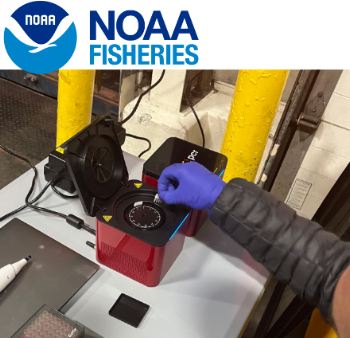
Samples collected from imported fish were inserted into the PCR device to identify the fish species. Credit: NOAA Fisheries
Pilot Test of Field Forensic Device Identifies More Than 40 Tons of Trafficked Fish
 UNITED STATES
UNITED STATES
Monday, March 24, 2025, 02:00 (GMT + 9)
The NOAA Fisheries Office of Law Enforcement has introduced a new rapid genetics device to assist enforcement staff in combating seafood fraud and illegal trade by bringing forensic capabilities directly into the field.
Recently, the agency conducted its first pilot test of a rapid polymerase chain reaction (PCR) device, designed to enable officers to perform genetic analysis on-site. Under U.S. law, falsely labeling imported seafood is illegal, but visually identifying fish species at ports can be challenging. Traditionally, enforcement officers have relied on forensic laboratories for species verification—a process that can take weeks, delaying the movement of seafood through U.S. ports. This new technology aims to streamline enforcement efforts by quickly identifying fish species, gathering evidence, and preventing illegal seafood from entering the U.S. market.
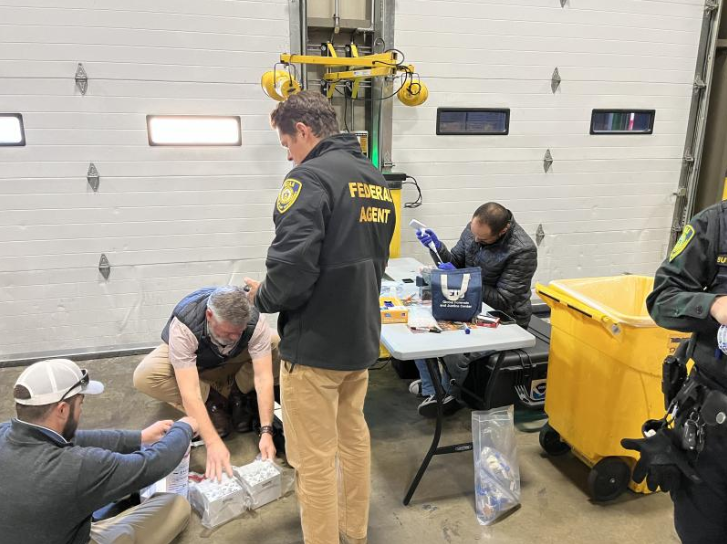
NOAA enforcement staff and Florida International University scientist perform the first field test of a field forensic device during an enforcement operation in Newark, New Jersey. Credit: NOAA Fisheries
Developed by researchers at Florida International University, the device is intended to enhance efforts against illegal, unreported, and unregulated fishing. .png) Lead researcher Diego Cardeñosa, Ph.D., emphasized the importance of making genetic testing a routine component of field inspections, stating, “Then it becomes a regular part of evidentiary support in law enforcement. This novel technology brings a lot of value to cases that law enforcement needs to handle.” Lead researcher Diego Cardeñosa, Ph.D., emphasized the importance of making genetic testing a routine component of field inspections, stating, “Then it becomes a regular part of evidentiary support in law enforcement. This novel technology brings a lot of value to cases that law enforcement needs to handle.”
The device operates similarly to PCR tests used for detecting COVID-19 but is designed to identify fish species using unique genetic markers. When a sample is placed in the device, it triggers a specific chemical reaction based on the species being tested. Currently, the device can detect more than 100 species, including tuna, shark, and eel, with additional markers in development. While conventional lab testing can take weeks, this tool provides results within hours, reducing the number of samples that need to be sent to NOAA forensic labs.
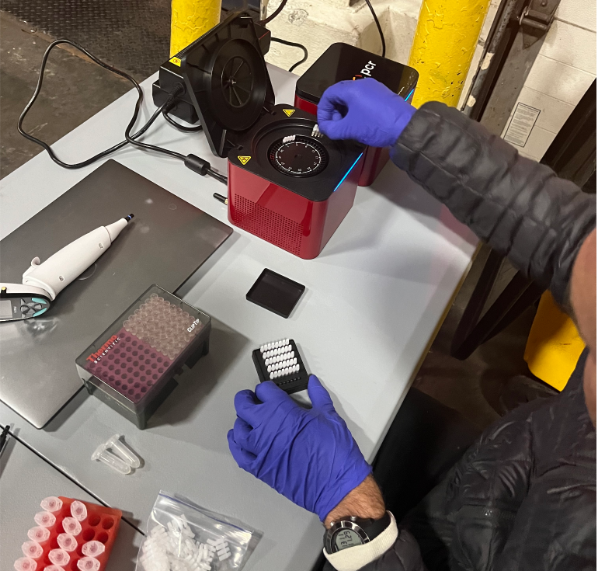
Florida International University scientist Diego Cardeñosa inserts the collected samples from imported fish into the PCR device to identify the fish species. Credit: NOAA Fisheries
Field Testing at the Port of Newark
The device was tested during a weeklong enforcement operation at the Port of Newark, New Jersey, in November 2024. The operation focused on identifying seafood fraud and the trafficking of marine fishery products. Using the tool, enforcement officers collected and analyzed genetic samples from imported fish, leading to the identification of more than 27 tons of illegally harvested and trade-prohibited fish, many of which were listed under the Convention on the International Trade of Endangered Species (CITES).
In total, over 40 tons of trafficked fish originating from Asia and South America were intercepted. The intelligence gathered during the operation will contribute to ongoing investigations and potential prosecutions of those involved in seafood fraud or the illegal trade of protected species.
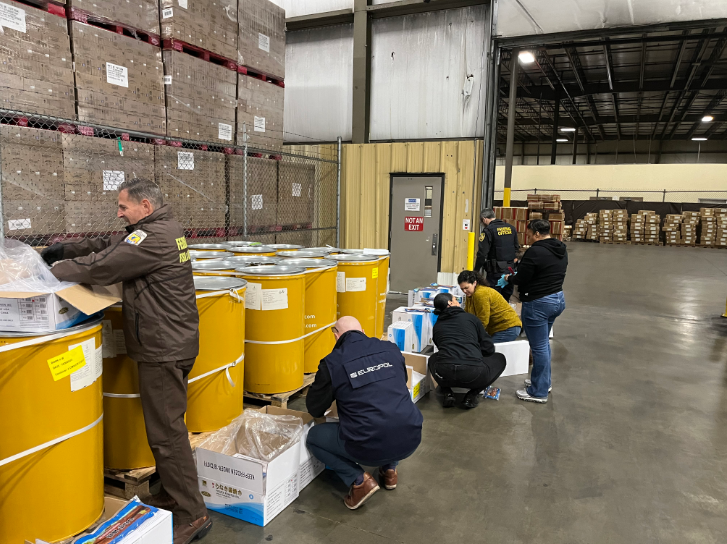
NOAA enforcement staff, U.S. Fish and Wildlife Service, and a Europol law enforcement liaison inspect imported seafood at the Port of Newark, New Jersey. Credit: NOAA Fisheries
Strengthening Enforcement Efforts
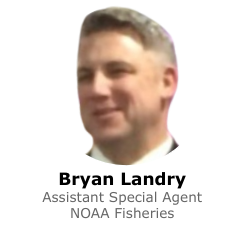 Assistant Special Agent in Charge Bryan Landry emphasized the broader goal of balancing legal, sustainable commerce with effective measures against illegal trade. “Ultimately, we want to facilitate sustainable, legal commerce, but at the same time interdict illegal trade. This new technology will help us do that more efficiently,” he stated. Assistant Special Agent in Charge Bryan Landry emphasized the broader goal of balancing legal, sustainable commerce with effective measures against illegal trade. “Ultimately, we want to facilitate sustainable, legal commerce, but at the same time interdict illegal trade. This new technology will help us do that more efficiently,” he stated.
The enforcement operation was supported by:
-
Customs and Border Protection
-
Homeland Security Investigations
-
Food and Drug Administration
-
U.S. Fish and Wildlife Service
Additionally, forensic science experts from NOAA, the U.S. Fish and Wildlife Service Forensic Unit, and Florida International University participated in the initiative. An Enforcement Liaison from Europol provided intelligence coordination with EU partners conducting concurrent operations in France, Spain, and Portugal.
Building on the success of this test, NOAA plans to expand pilot testing of the device to other major U.S. ports in 2025.
Source: NOAA Fisheries
[email protected]
www.seafood.media
|



